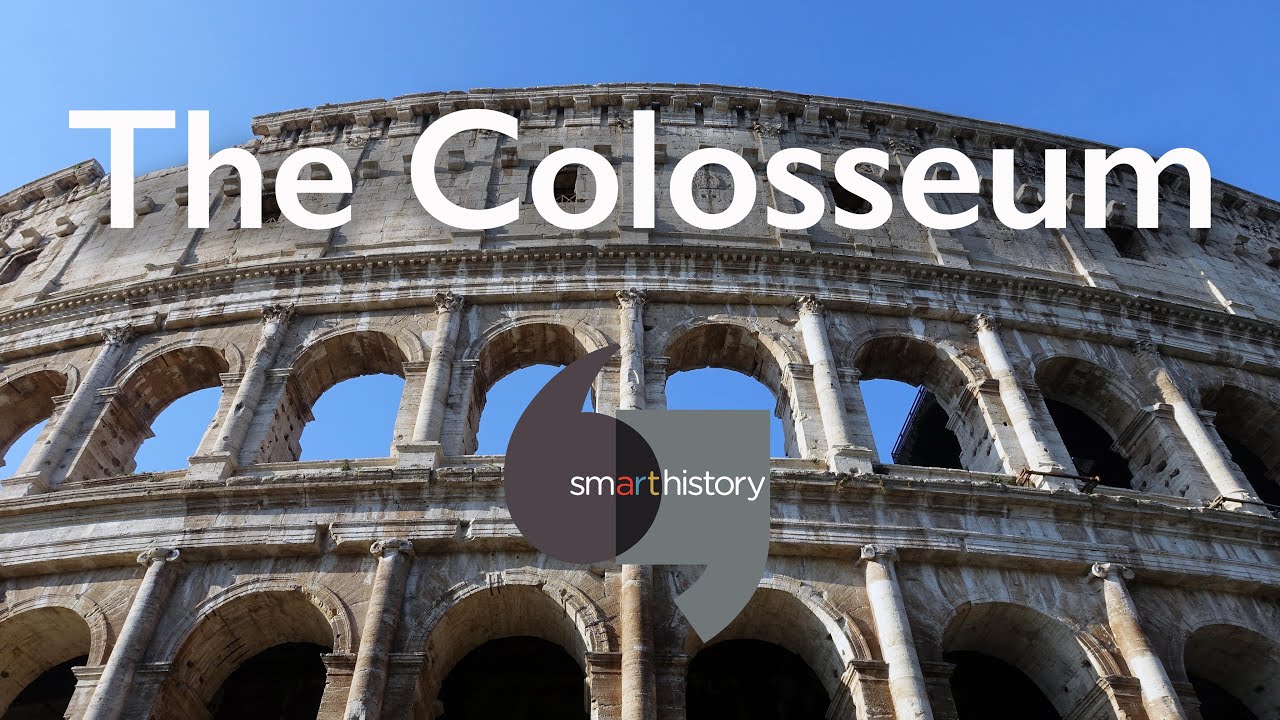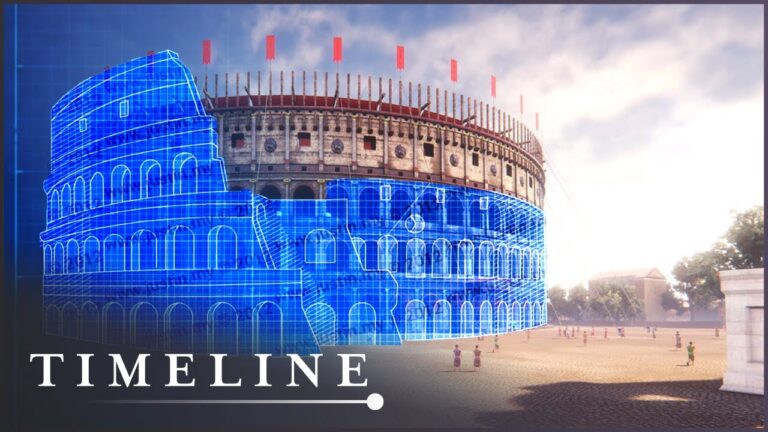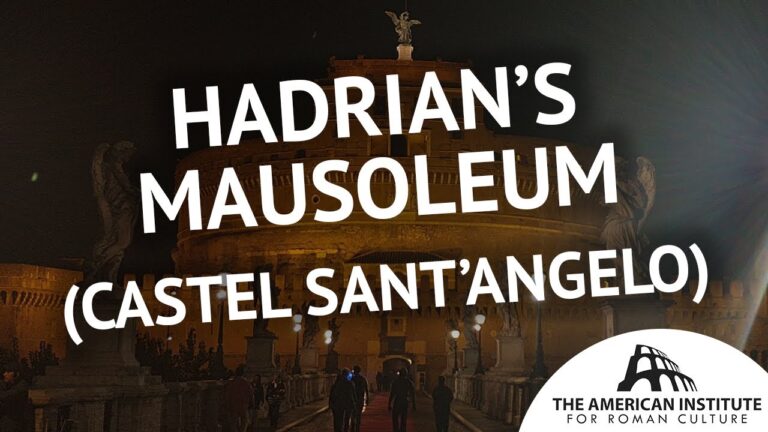The Colosseum is an iconic structure in the history of art and architecture. It was built by the Roman Emperor Vespasian in the 1st century CE and is considered one of the most important and influential structures of the Roman Empire. The Colosseum is located in the city of Rome, Italy, and is a major tourist attraction for visitors from all over the world. It is a symbol of the Roman Empire’s grandeur and power and has been an inspiration for many works of art throughout the centuries.
Architecture and Design
The Colosseum is an elliptical amphitheatre with a diameter of 188 metres and a height of 48 metres. It was constructed using concrete and stone and is considered a masterpiece of Roman engineering. The design of the Colosseum is divided into three levels, each with its own distinct style and architecture. The lowest level consists of an underground chamber known as the hypogeum, which was used for storing animals and gladiators. The middle level features a series of arches, columns and vaults and the top level is decorated with Corinthian columns. The entire structure is supported by massive piers and arches, making it an impressive feat of engineering.
History of the Colosseum
The Colosseum was originally built as a place for gladiatorial contests and public spectacles such as animal hunts and executions. It was also used for drama and musical performances. Over the centuries, the Colosseum has been damaged by earthquakes, floods and looting. In the 19th century, it was used as a quarry for building materials and much of the original structure was destroyed. In the 20th century, the Colosseum underwent major restoration work and today it stands as a symbol of the grandeur and power of the Roman Empire.
Artistic Significance
The Colosseum has inspired many works of art over the centuries. It has been featured in paintings, sculptures, photographs and films. It has also been used as a source of inspiration for architects and designers who have drawn upon its iconic shape and structure for their own works. The Colosseum is also a popular tourist destination and many visitors flock to the site each year to witness its grandeur and beauty.
Modern Uses
Today, the Colosseum is used for a variety of purposes. It is a popular tourist attraction, hosting a variety of events such as concerts and theatre performances. It is also a venue for public debates, political rallies and religious ceremonies. It is a symbol of Rome and a reminder of the grandeur and power of the Roman Empire.
Conclusion
The Colosseum is an iconic structure in the history of art and architecture. It was built by the Roman Emperor Vespasian in the 1st century CE and is considered one of the most important and influential structures of the Roman Empire. It has been an inspiration for many works of art throughout the centuries and is a popular tourist destination. The Colosseum is also a reminder of the grandeur and power of the Roman Empire and is used for a variety of purposes today.




